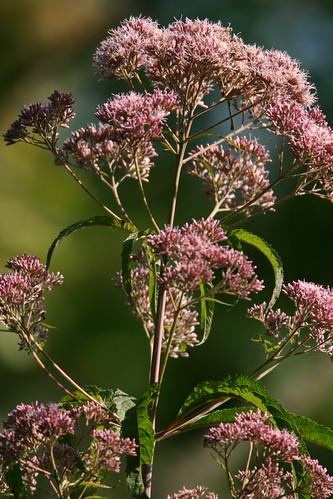American Goldfinch:
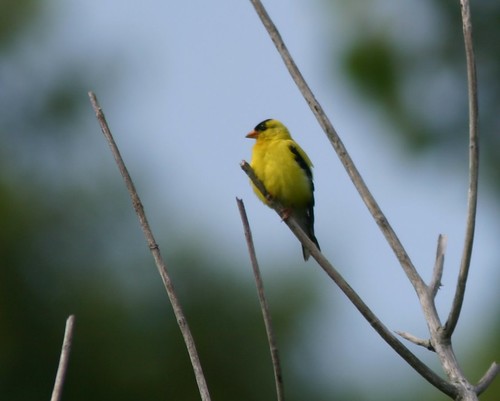
After three weeks in Illinois, I finally shook off what had been ailing me and we visited Dick Young/Nelson Lake Forest Preserve in Batavia. Since the bull thistle was starting to go to seed, I hoped to capture images of American Goldfinches perched on the flowers and fluffy seed heads, but was disappointed. Only a handful of goldfinches were seen, usually flying over or perched on tree limbs. Nearly all seemed to be males in bright plumage. Were the females now incubating? The birds depend upon thistle for nesting material and food for their young. Being new to Chicagoland, I do not know whether the birds are nesting on schedule, or whether thistle might be maturing a bit late and thus delaying the nesting cycle. In New Mexico, the Lesser Goldfinch often nested quite late– I once saw one feeding fledgelings about a week into September.
House Wren:
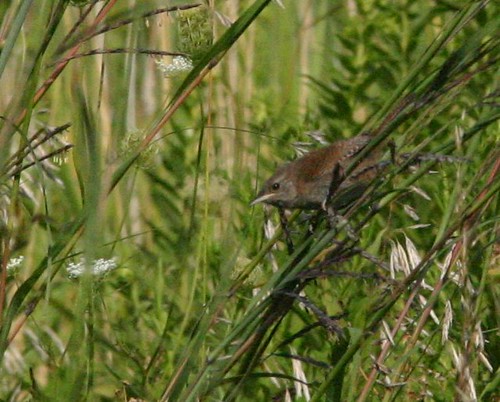
Few birds were singing, besides Song Sparrows and a couple of Indigo Buntings. I heard a snippit of a Swamp Sparrow’s song, and the call of a Yellow-billed Cuckoo, and several House Wrens fluttered and quietly chattered in the trailside grasses and weeds. It was next to impossible to photograph them. The above image was the only one I could obtain.
I tried to identify one small bird that was determined to escape from view. I thought it was another wren, but never got the binoculars on it. It seemed to disappear every time I clicked the shutter. When I reviewed my photos later, to my surprise, it was captured on one photo. It appears not to be a wren after all. It has a hint of yellow color, its tail appears longer than that of a wren, and it lacks the characteristic barring of its flight feathers and tail.
More likely, this furtive lurker was a Common Yellowthroat:

An Eastern Tailed Blue butterfly caught my attention:

Yellow composites abounded. I called these “Black Eyed Susan,” but could stand corrected:

These DYCs (D**n Yellow Composites) are somewhat different, having 14 instead of eight petals; are they Brown-eyed Susans?:
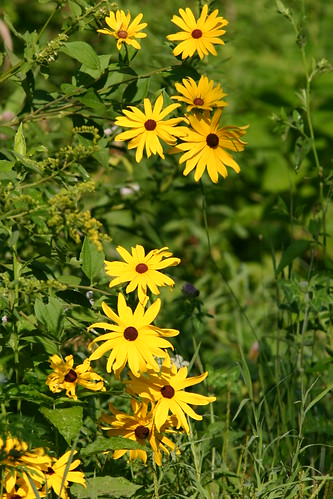
These guys also had 14 petals, but did not have dark centers– they may be Cup-plants:
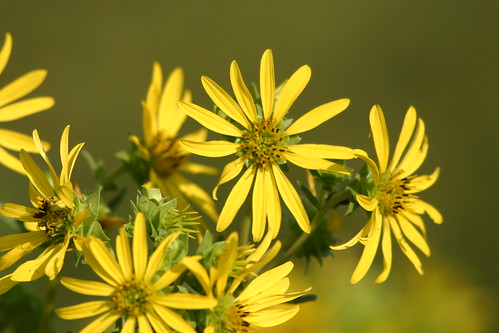
There was a large patch of tall plants with pink flowers that attracted butterflies:
